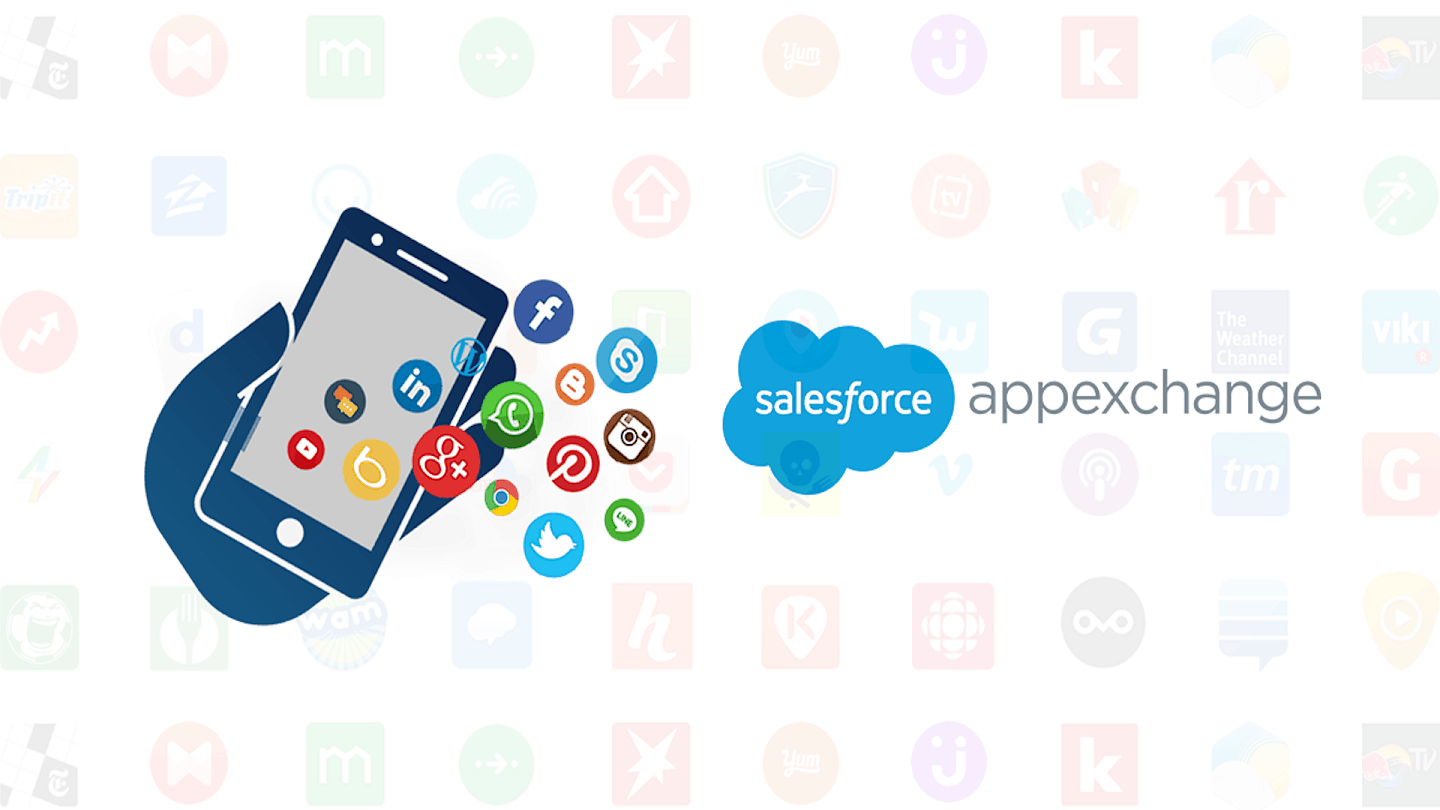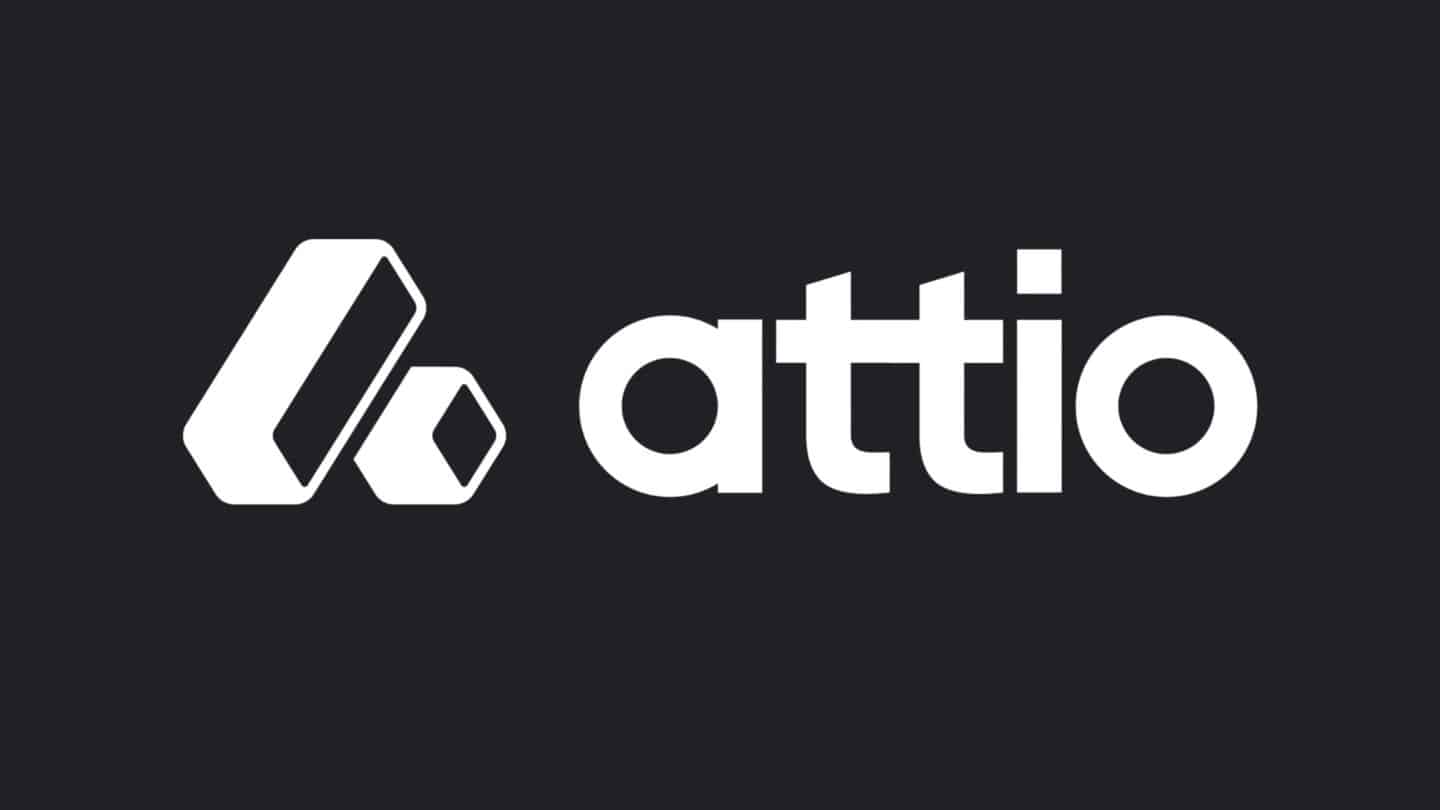In the ever-changing world of IT, an often overlooked reality persists: an overwhelming majority of IT projects, despite technological advances, fail to achieve their objectives.
69% of IT projects fail (source: Standish Group). And of the 31% who “succeed”, less than half generate high value. But why is this failure rate still such a little-talked-about topic in the CRM world?
Before diving into the details, it’s essential to understand what a “failed project” means.
Traditionally, IT projects are judged on three criteria:
- The budget (how much does it cost?)
- Scope (what is the extent of the work to be carried out?)
- And the deadline (when is the project considered complete?).
But behind these criteria lies a complex reality, often obscured by strategies such as subdivision, which can mask underlying failings from the outset.
In this article, I explore the 10 main causes of these failures.
Sommaire
#1 Choosing the right CRM project management method: Waterfall vs Agile
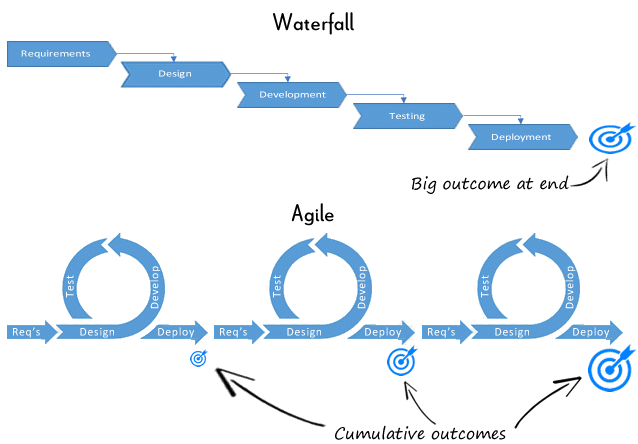
One of the first and main difficulties encountered in IT project management lies in the choice of management method. There are essentially two dominant approaches: the traditional Waterfall method (or V-cycle) and the Agile method.
Waterfall: A predictive model with its challenges
In the Waterfall model, the project is structured in sequential phases, with a strong emphasis on the preliminary definition and locking-in of the project scope.
This approach requires detailed planning and an exhaustive specification phase prior to any configuration or development. However, this rigidity can often lead to overruns on time and on budget.
A major challenge is the layer of abstraction in the specification phase, which can lead to misunderstandings and a lack of flexibility to adapt the project to unexpected changes, particularly in ergonomics and user experience.
Agile: Flexibility and iteration, but not without risks
On the other hand, the Agile method, with its iterative and flexible nature, strives to maximize scope while fixing costs and deadlines. Divided into short cycles called sprints, this approach enables continuous adaptation to customer needs and project realities.
In theory, Agile offers greater flexibility and responsiveness. Nevertheless, it is not without its critics.
Some criticize Agile for its lack of structure and detailed specifications, which can sometimes lead to a blurred vision of the end goal and misaligned expectations between teams and customers.
A critical choice for the success of the project
The choice between Waterfall and Agile is not one to be taken lightly. It must be based on the nature of the project, the customer’s needs, and the team’s ability to adapt to either method. In Salesforce projects, for example, where customization and scalability are key, this decision becomes even more crucial.
#2 The double-edged sword of CRM power
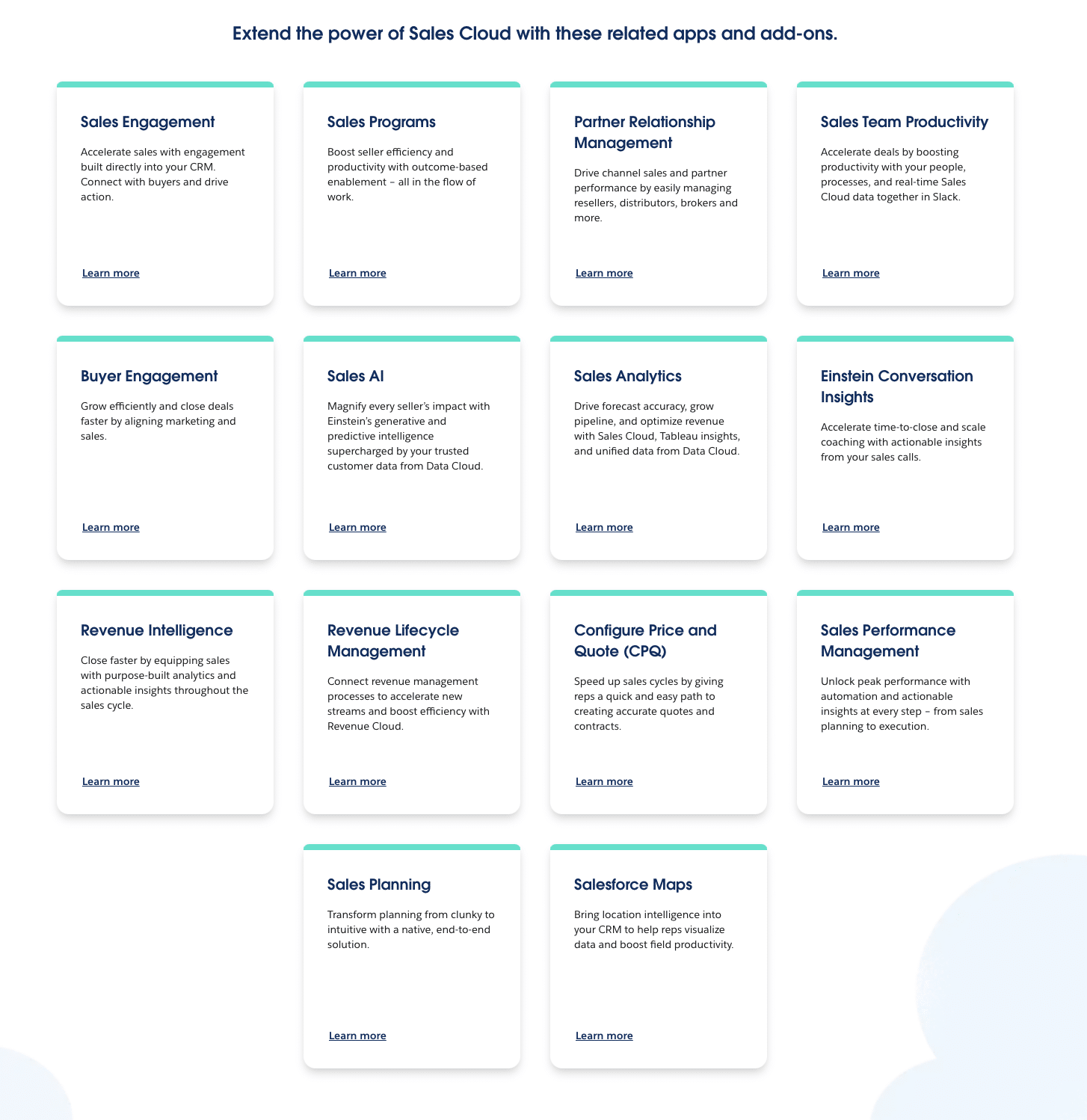
The paradoxical complexity of modern tools
One of the most intriguing paradoxes of CRM solutions like Salesforce is their power and flexibility.
At first glance, these features seem to be undeniable advantages. However, they can also significantly increase the risk of loss of control, particularly in terms of budget.
Salesforce: ease of use vs. hidden complexity
Take Salesforce, for example, a tool renowned for its ability to adapt to virtually any business need, thanks to its fast, intuitive configuration.
Compared with older systems such as Siebel, where each screen modification required days of work, Salesforce enables instantaneous changes with a simple drag-and-drop, with no downtime.
This apparent simplicity can lead to an underestimation of the effort required. Behind each added field lie design decisions, access rights issues, and documentation in a data dictionary.
The risk of redundancy and overload
In my practice of auditing troubled Salesforce projects, a frequent observation is the presence of overloaded pages with hundreds of useless or redundant fields.
I’ve encountered extreme cases with up to 800 fields on a single page. This overabundance begs the question: how can so much information be efficiently filled in and tracked?
The need for thoughtful planning and design
This phenomenon illustrates a major flaw in the planning and design of CRM systems. The ease of adding and modifying elements in powerful tools like Salesforce should be accompanied by rigorous strategic thinking.
It’s essential to understand that each added element has implications not only for the usability and performance of the system, but also for the clarity of the business processes it is designed to support.
Towards optimized use of CRM tools
To avoid these pitfalls, a balanced approach is required. This means resisting the temptation to over-customize, favoring a minimalist, functional design, and involving all stakeholders in the design process to ensure that the system meets real business needs without creating unnecessary complexity.
#3 The impact of leadership on the success of CRM projects
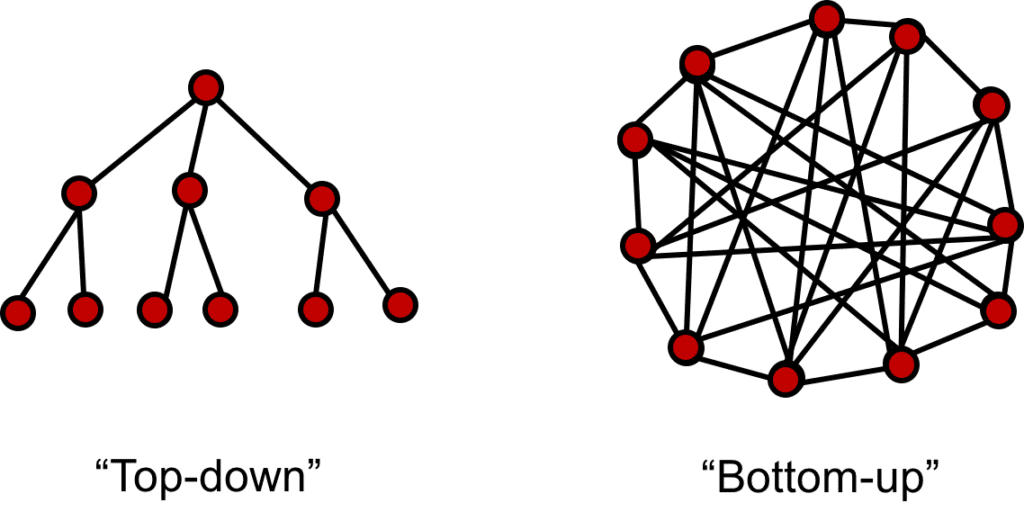
The spread of management and its consequences
One of the major obstacles to the effective deployment of CRM systems like Salesforce is the lack of clear, decisive leadership within organizations.
Today, we’re seeing a trend towards increasingly diffuse management, with vague job titles such as “Project Manager” or “Cross-functional Manager”. This ambiguity in leadership roles can lead to a lack of clear-cut decision-making, which is essential for the effective implementation of a CRM system.
The critical importance of CRM for organizations
Consider the strategic importance of CRM software: it’s at the heart of the sales force, directly impacting a company’s ability to generate revenue. In theory, a tool of this scale should be under the joint governance of the Information Systems Director (ISD) and the Sales Manager.
The consequences of inadequate governance
In practice, however, the absence of strong, unified leadership can lead to situations where a company ends up with multiple instances of Salesforce, not because of different needs, but because of an inability to establish a legitimate team to implement a global CRM.
Not only is this inefficient, it can also lead to high costs, data fragmentation and widespread confusion.
The call for strong, consistent leadership
To overcome this challenge, it is imperative to establish strong, consistent leadership. This leadership must be able to make key decisions, unite the various stakeholders, and ensure a unified vision for CRM implementation.
It’s also crucial to recognize the strategic importance of CRM and position it as a priority project within the organization.
#4 Ineffective meeting management
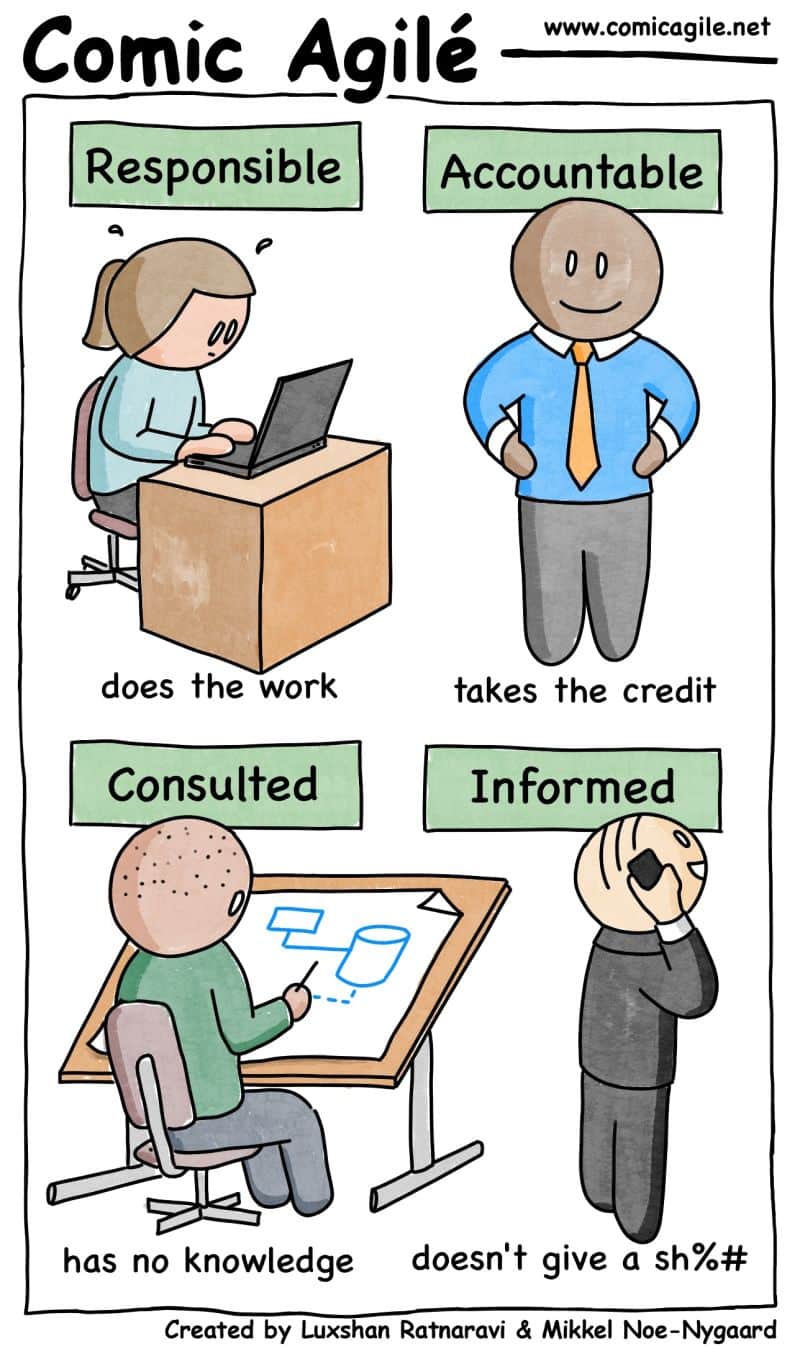
The pitfall of crowded meetings
Another major obstacle to the success of CRM projects, closely linked to the lack of leadership, is the tendency to organize meetings with too many participants.
In many organizations, for fear of offending certain employees, meetings are transformed into plenary assemblies where everyone is invited, regardless of their actual contribution to the subject under discussion.
Jeff Bezos’ two-pizza rule
To illustrate a more effective model, let’s take the example of the “two pizza rule” applied by Jeff Bezos: if two pizzas aren’t enough to feed the whole group, it’s because there are too many people in the meeting. This approach aims to limit meetings to smaller, more manageable groups, generally no more than seven people.
This method contrasts sharply with meetings of 15 or more people, often seen in other organizations.
The inefficiency of large assemblies
In these large meetings, the problems are many: participants who don’t know why they’re there, others who are distracted and unengaged, and often a glaring lack of efficiency.
These meetings prove to be a breeding ground for confusion and inefficiency, with discussions dragging on and decisions never being taken.
Videoconferencing is not a miracle solution
The move to virtual meetings, via collaborative platforms such as Microsoft Teams, has not solved this problem.
The typical scenario for a virtual meeting often involves a long wait before everyone logs on, followed by an unproductive discussion and the drafting of minutes which, in most cases, remain unread and unaddressed.
I’m speaking from experience here, about a problem I see in 70% of projects. It’s in neither the integrator’s nor the customer’s interest for the reports to be uncritical and unvalidated.
Towards more productive meetings
To remedy this situation, it’s crucial to rethink the way meetings are organized and managed.
Meetings must be limited to those directly involved and concerned by the subject on the agenda. It’s essential to clearly define the objective of each meeting, ensure that participants are properly prepared, and commit to following through on agreed actions.
An effective meeting is one where each participant adds value, and where decisions taken are followed by concrete action.
#5 The unexpected decision-maker
The unexpected arrival of the external decision-maker
A particularly perplexing challenge in CRM project management, and one that I’ve encountered frequently in my career, is what I call the “DEUS EX DECIDEUR”.
Imagine this scenario: after six months’ work, in which every stage of the project has been carefully validated and approved by the project team, a decision-maker who has never been involved in the process suddenly decides to get involved.
The consequences of late intervention
This late appearance can have devastating consequences for the project. The decision-maker, often a member of senior management or an influential stakeholder, may question key elements of the project.
More problematically, his high hierarchical position often discourages other team members from challenging his opinions or suggestions, even if they run counter to previously made decisions.
Impact on project coherence and progress
This situation can lead to significant changes to the project along the way, affecting not only the schedule and budget, but also the overall coherence of the solution.
This kind of late intervention can undermine the work already done, demoralize the team, and potentially jeopardize the success of the project.
As a countermeasure, we could simply ask you to involve stakeholders from the outset. As we often read.
But what if the information is unknown at the start of the project?
#6 The limits of turnkey CRM projects
The illusion of turnkey simplicity
When it comes to CRM projects, especially Salesforce, a widespread trend among some customers is the demand for “turnkey” solutions.
This generally implies an all-inclusive package, delivered on a fixed-price basis, with little or no involvement on the part of the customer’s teams, apart from a few initial meetings and final validation.
While this approach may seem attractive for its simplicity and speed, it presents significant risks for the success of the project.
Customer detachment and its consequences
One of the biggest challenges of turnkey projects is the lack of customer involvement throughout the process.
The active involvement and contribution of end-users, in particular sales teams, is crucial to ensure that the system meets real business needs.
Without this close collaboration, there is a high risk of developing a system that does not meet operational requirements or user expectations.
The importance of end-user involvement
Sales people, who are often the main users of these CRM systems, play a key role in their successful design and implementation.
Their expertise and knowledge of sales processes are essential in guiding the development of the system so that it is intuitive, efficient and aligned with existing sales practices.
If these key users are “under water” and can’t get sufficiently involved, the project risks failing to meet expectations, being poorly accepted or even rejected by end-users.
#7 The influence of internal politics on CRM projects
The political factor
One aspect of CRM projects that is often overlooked, but can have dramatic consequences, is the internal political dynamics of organizations.
A striking example of this influence occurred recently in one of my projects. After spending six months turning around a troubled CRM project, resolving numerous bugs and getting things back on track, a surprising decision was made at management level: an external integrator, with close ties to management, was appointed to take over the project.
The repercussions of sudden change
This raises a number of issues.
Firstly, an abrupt change of integrator, especially after an intense period of corrections and adjustments, can hamper project continuity and efficiency. What’s more, such a change, carried out without adequate communication or planned transition, can lead to confusion and frustration for both the existing team and the customer.
Relationship management and transparency
This case illustrates the critical importance of relationship and communication management in CRM projects.
Where decisions are influenced by political or relational considerations, it is vital that transitions are managed with a high degree of transparency and open communication to minimize disruption and maintain stakeholder confidence.
#8 The challenge of testing in CRM projects
The essential but often underestimated role of testing
In the world of CRM projects, testing is a crucial phase that is often neglected or under-funded, despite its vital importance to the overall success of the project.
The testing profession is complex and demanding, and implementing an effective testing strategy is a challenge in itself.
Late integration of testers
Ideally, testers should be involved right from the specification writing phase, to prepare tests that cover all functional and technical aspects of the project.
However, for budgetary and scheduling reasons, this early integration is rare. As a result, testers often have to intervene late in the process, limiting their ability to identify and prevent potential problems.
The limitation to unit tests
Another common problem is the tendency of testers to focus solely on unit tests already carried out by developers.
Although these tests are important, they are not sufficient to guarantee the robustness and performance of the CRM system as a whole. Unit tests don’t capture the complex interactions between different modules or the problems that can arise in real-life use scenarios.
The importance of the acceptance phase
The acceptance phase is critical: the more bugs identified and resolved at this stage, the fewer problems there will be in production.
It is therefore essential to allocate sufficient time and resources to this phase, and to ensure that tests are exhaustive and reflect real-life operating conditions.
#9 Navigating the instability of CRM project contacts
The reality of long sales cycles and staff turnover
In the field of CRM integration, we are often faced with extended sales cycles, during which personnel changes can occur.
These changes can significantly affect the progress and success of projects. Between the signing of the quotation and the actual start of the project, key players may disappear, leaving a gap in communication and project continuity.
The example of the loss of key admins
Let’s take the example of a project where, in an initial agreement, the customer’s system administrator is expected to participate actively in the project to ensure effective knowledge transfer.
If this admin leaves the company before or during the project, this can lead to an unexpected workload for the integration team and compromise the planned knowledge transfer.
The consequences of unexpected departures
Similarly, during the design phase, agreements may be reached with certain people who are then asked to leave the organization. These departures can lead to delays, misunderstandings, or even the need to renegotiate project terms with new partners.
#10 The crucial importance of the integrator’s ability to say no
The integrator’s over-indulgence trap
An often underestimated, but vitally important, problem in CRM projects is the tendency of some integrators to never say no to customer requests.
There may be several reasons for this: the integrator may be too small, too dependent on this project for its financial survival, or lacking the consultants with the expertise to effectively challenge the customer’s needs.
The risks of unconditional acceptance
Unconditional acceptance of all customer requests and modifications can lead to project over-complexity, budget overruns, and ultimately to a CRM solution that doesn’t meet real business needs.
The integrator must not only be a technical executor, but also a strategic advisor who guides the customer towards best practices and solutions.
The duty to propose the state of the art and challenge the need
It’s crucial that the integrator doesn’t just passively follow the customer’s requests, but actively proposes the state of the art in CRM and challenges the needs expressed.
This approach involves identifying what is essential to the success of the project, and resisting the temptation to add functionality that is superfluous or not aligned with strategic objectives.
Pareto’s law as a guiding principle
The 80/20 rule, or Pareto’s law, is often cited but rarely applied in practice in CRM projects.
According to this principle, 80% of results come from 20% of effort. Applying this rule can help to focus resources on the most impactful aspects of the project, avoiding dispersion on less productive details.

